Midea Apollo MFAB26NB/WB Bruksanvisning
Midea
Luftkonditionering
Apollo MFAB26NB/WB
Läs gratis den bruksanvisning för Midea Apollo MFAB26NB/WB (65 sidor) i kategorin Luftkonditionering. Guiden har ansetts hjälpsam av 11 personer och har ett genomsnittsbetyg på 4.2 stjärnor baserat på 6 recensioner. Har du en fråga om Midea Apollo MFAB26NB/WB eller vill du ställa frågor till andra användare av produkten? Ställ en fråga
Sida 1/65

SPLIT-TYPE ROOM AIR CONDITIONER
Owner’s Manual &
Installation Manual
IMPORTANT NOTE:
Read this manual carefully before installing
or operating your new air conditioning
unit. Make sure to save this manual for
future reference.
Please check the applicable models, technical
data, F-GAS(if any) and manufacturer information
from the “Owner's Manual - Product Fiche ”
in the packaging of the outdoor unit.
(European Union products only)
Produktspecifikationer
| Varumärke: | Midea |
| Kategori: | Luftkonditionering |
| Modell: | Apollo MFAB26NB/WB |
Behöver du hjälp?
Om du behöver hjälp med Midea Apollo MFAB26NB/WB ställ en fråga nedan och andra användare kommer att svara dig
Luftkonditionering Midea Manualer
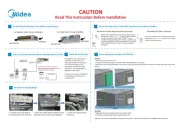
12 Oktober 2025
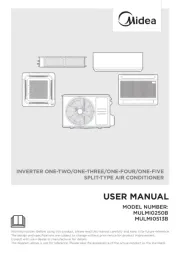
1 Oktober 2025
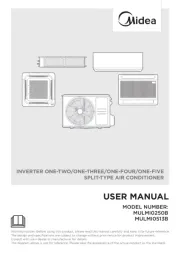
30 September 2025
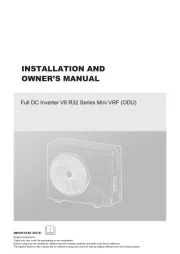
26 September 2025
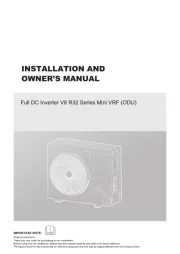
26 September 2025
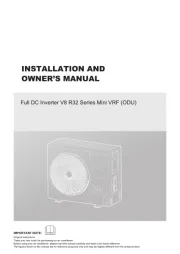
26 September 2025
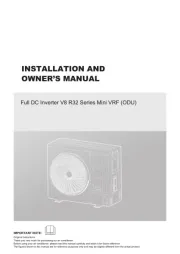
26 September 2025
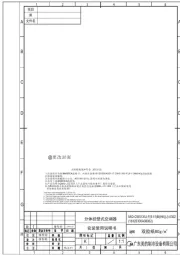
26 September 2025
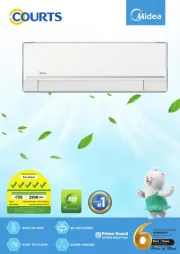
21 September 2025
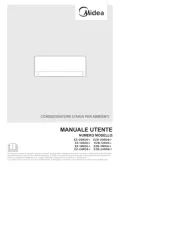
21 September 2025
Luftkonditionering Manualer
- Pensonic
- Koldfront
- Klarstein
- Profilo
- Mitsubishi
- Vaillant
- Eco-De
- SEEGER
- Alpatec
- Telefunken
- Iceberg
- Royal Sovereign
- Kubo
- Klarbach
- Heinner
Nyaste Luftkonditionering Manualer
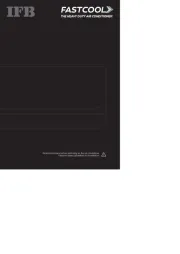
20 Oktober 2025
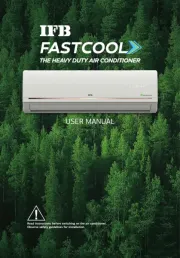
20 Oktober 2025
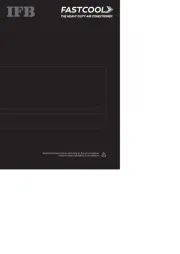
20 Oktober 2025
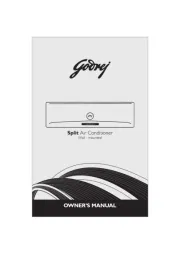
19 Oktober 2025
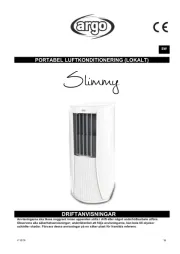
17 Oktober 2025
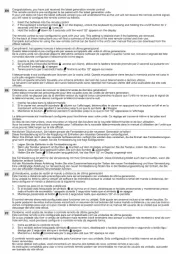
17 Oktober 2025
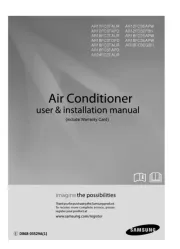
16 Oktober 2025
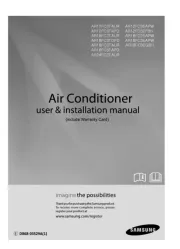
16 Oktober 2025
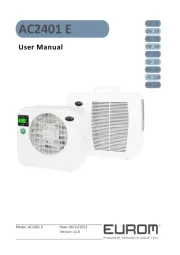
16 Oktober 2025
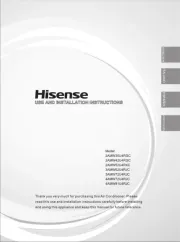
13 Oktober 2025